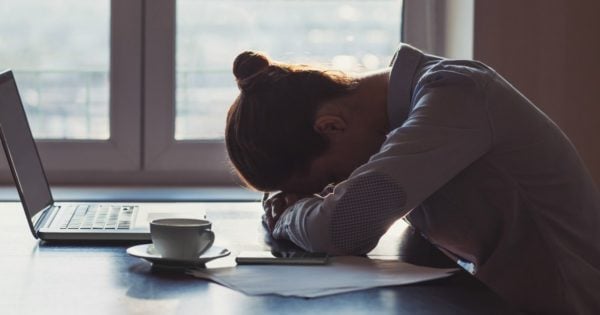According to the 2016 Medibank Better Health index, more than one million Australians are deficient in iron, and that number appears to be on the rise.
Iron deficiency and anaemia are most common among young women aged 18-30, but if you’re pregnant, menopausal or have a poor diet, you’re at greater risk of suffering from low iron.
LISTEN: Mia Freedman, Monique Bowley and I offer our weekly recommendations on Mamamia Out Loud. This is mine. Post continues below.
Symptoms, in some cases, can be debilitating.
They include;
- Fatigue
- Cold hands and feet
- Brittle nails
- ‘Pica’ – strange cravings for items that are not food, like dirt or ice
- Weakness
- Pale skin
- Shortness of breath
- Irregular heartbeat
- Tingling feeling in the legs or cramps
- Sore tongue or swelling
- Headaches
- Difficulty sleeping
- Leg cramps
- Difficulty concentrating
As tempting as it may be to self-diagnose, when it comes to iron deficiency or anaemia, it’s really important that you don’t. Taking iron supplements when you don’t need them is dangerous.
But actually getting to the doctor can be a deterrent for a lot of women. It can be difficult to find somewhere that bulk bills, you might have to make an appointment during work hours, and even still, you’ll end up spending some time sitting in a waiting room. The needle itself is enough to make many of us dismiss any possible symptoms.





























































































